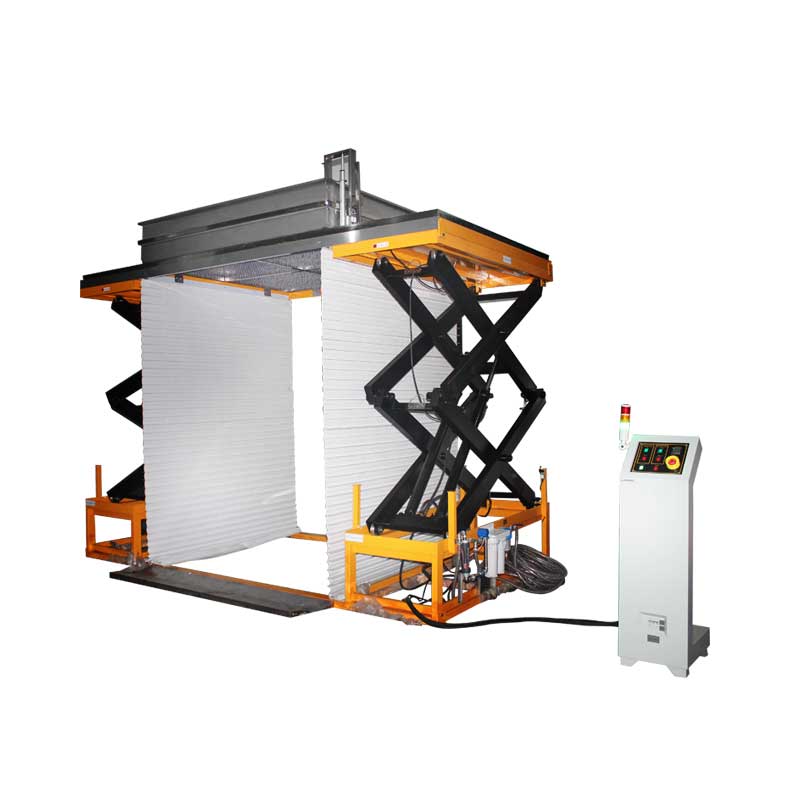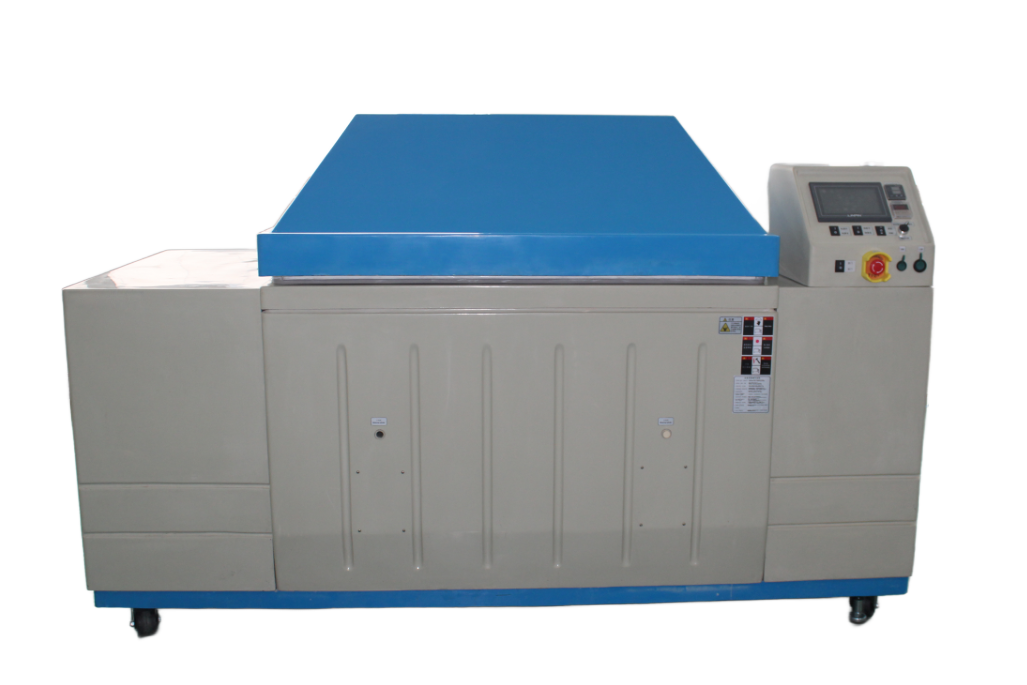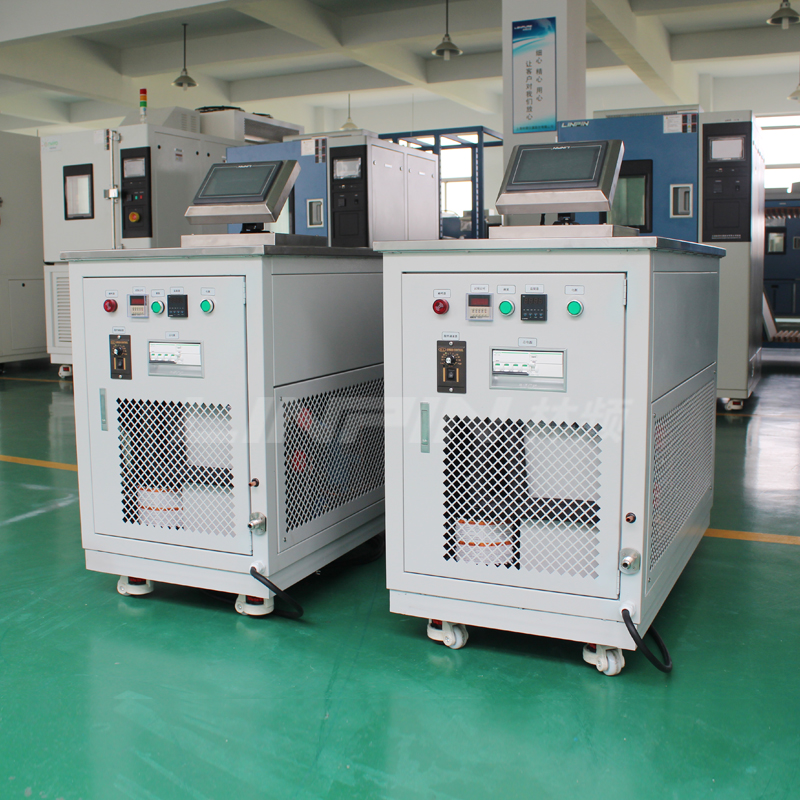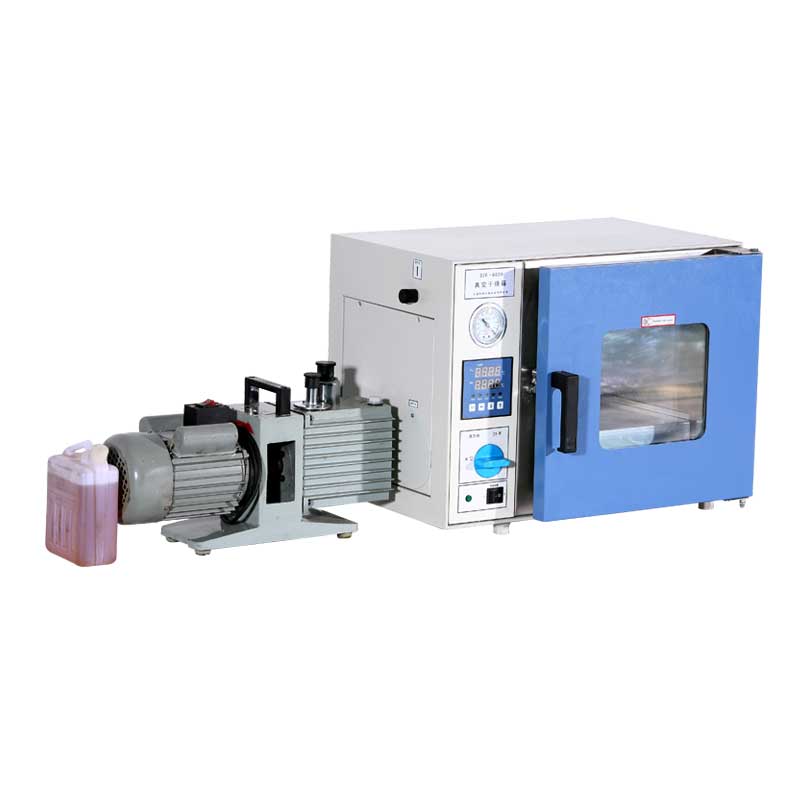UV Aging Test Chamber: A Powerful Tool for Predicting Product Lifecycle
Author:LINPIN Update Time:2025-06-26 Source:LINPINIn modern industry and scientific research, product quality and durability are key components of corporate competitiveness. As consumer demands for product performance and reliability continue to rise, effectively predicting product lifecycles has become a major challenge for businesses. The UV aging test chamber, as a critical experimental device, simulates ultraviolet (UV) radiation in natural environments, providing valuable experimental data on product weather resistance and aging characteristics. This enables companies to better forecast product lifecycles.
A UV aging test chamber is a specialized experimental device designed to simulate UV radiation by controlling environmental factors such as temperature, humidity, and light exposure, thereby replicating the aging process under natural conditions. This equipment is widely used in industries such as plastics, coatings, rubber, and textiles, helping researchers and engineers evaluate material performance changes under prolonged UV exposure.
-
Working Principle of the UV Aging Test Chamber
The UV aging test chamber primarily uses high-intensity UV lamps to emit specific wavelengths of ultraviolet light onto samples. During testing, the chamber simulates UV-A and UV-B radiation from sunlight while controlling temperature and humidity to create an accelerated aging environment. Through periodic sample inspections, researchers can observe physical and chemical changes in materials under UV exposure, such as color fading, reduced strength, and brittleness, thereby assessing their durability.
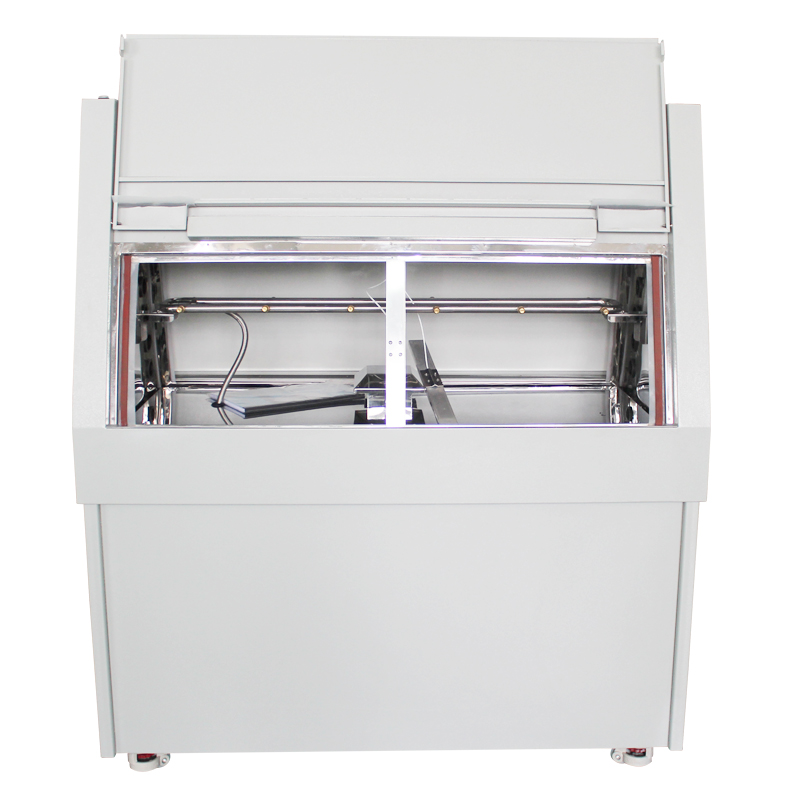
-
Applications of UV Aging Testing in Product Lifecycle Prediction
- Material Selection and Optimization: During the product design phase, UV aging tests help engineers choose the most suitable materials and optimize formulations to enhance anti-aging performance. For example, in the coatings industry, testing the UV resistance of different formulations can identify the optimal product formula.
- Quality Control: Conducting UV aging tests on raw materials and finished products during production can detect potential quality issues early, preventing defective products from reaching the market. This process not only reduces rework costs but also improves customer satisfaction.
- Product Improvement and Upgrades: By performing UV aging tests on existing products, companies can gather extensive data to analyze weak points and make targeted improvements, thereby extending product lifespans.
- Enhanced Market Competitiveness: Scientific validation of product weather resistance not only builds consumer trust but also provides strong evidence for marketing efforts, boosting brand reputation and competitiveness.
As an effective testing tool, the UV aging test chamber offers critical data support for product development, quality control, and market promotion. Through scientific aging tests, companies can not only accurately predict product lifecycles but also gain a competitive edge in the market. Therefore, investing in a UV aging test chamber is not just about quality control—it’s a strategic move for future market positioning. With continuous technological advancements, UV aging testing will play an increasingly vital role, becoming a powerful tool for businesses to achieve sustainable development.

